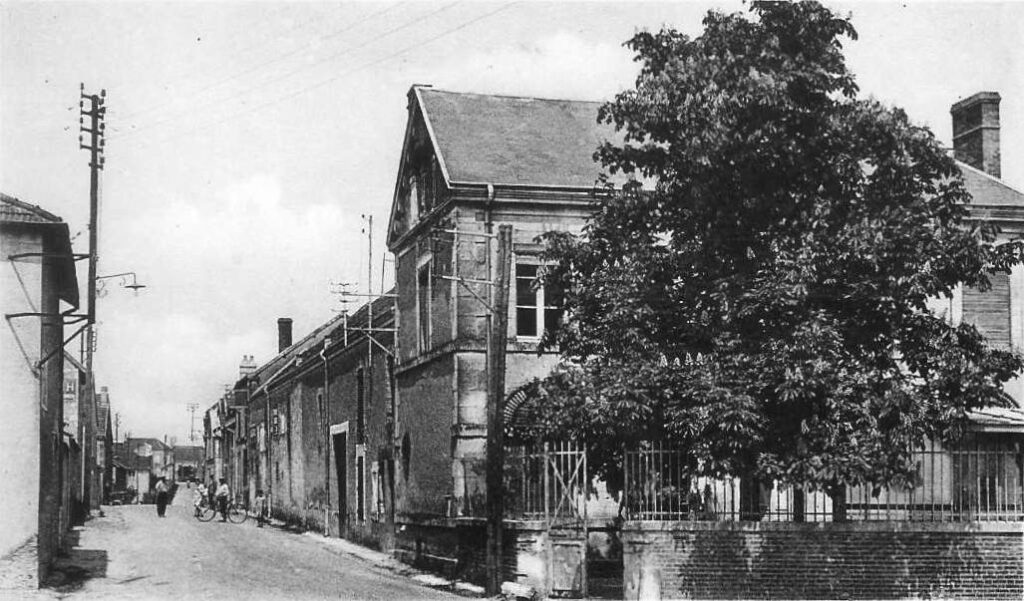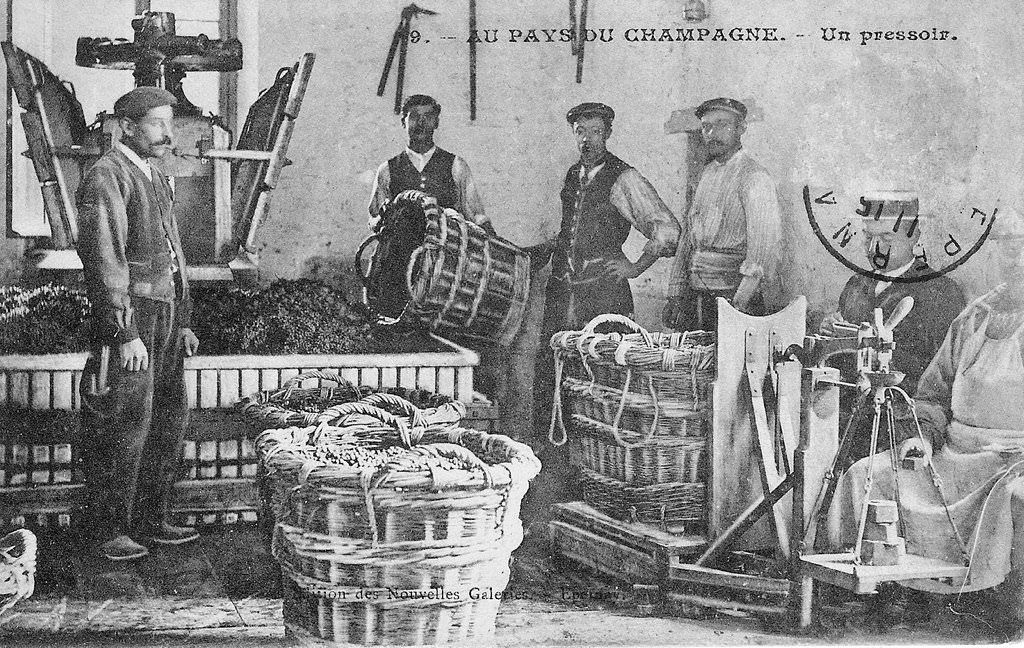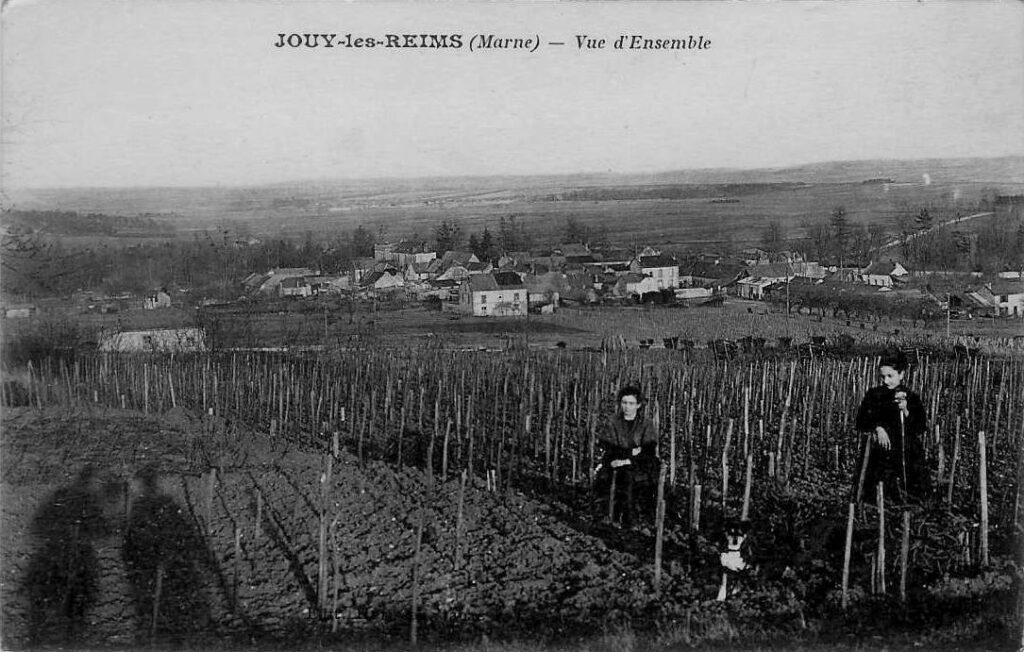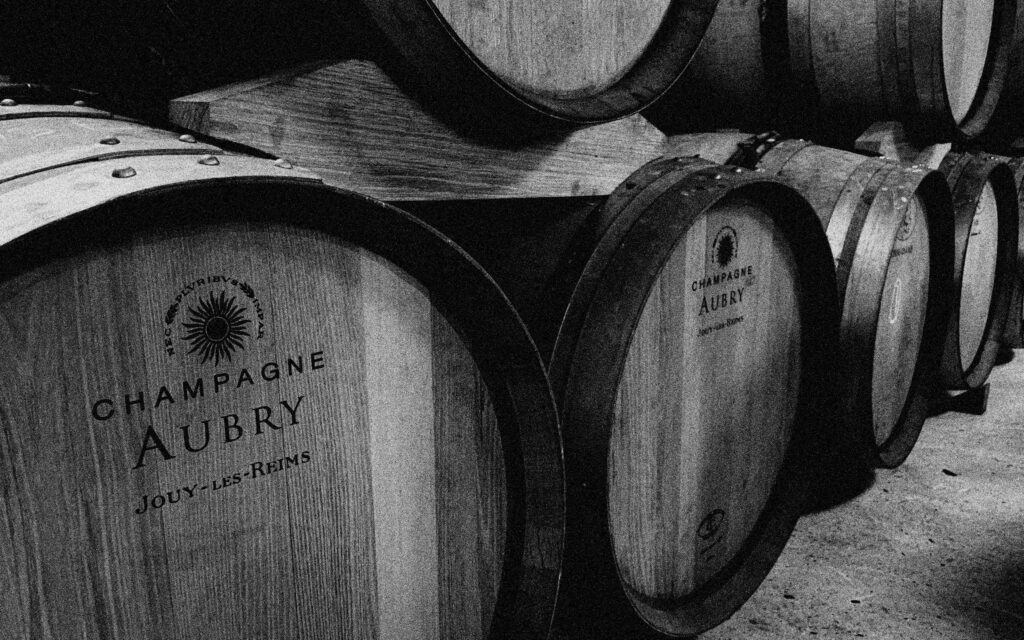The AUBRY Brothers Challenge

In Jouy-lès-Reims, in heart of the Petite Montagne de Reims, Pierre and Philippe Aubry, descendants of a line of winegrowers since 1790, have engaged in a real work of memory by deciding to bring back to life some of the old and lost grape varieties, formerly cultivated in Champagne.
Endowed with solid knowledge - Pierre, œnologist, is a graduate of the Ecole Nationale Supérieure d'Agronomie de Montpellier, Philippe studied biology- and the experience acquired from their father, the two adventurers of taste have thus won their bet: to combine the classic with the original. They know how to produce a range of wines for amateurs in search of a high and permanent expression of champagne, as well as a selection of rare vintages. This collection reflects even more than a house spirit, a real philosophy that can be summed up in a few principles: rigor, respect for tradition, originality and creativity.

Rigueur de l’agronome qui privilégie la qualité du raisin, avec l’attention portée au rendement de chaque vigne ; rigueur de l’élaborateur qui utilise les meilleurs outils actuels ; respect des traditions avec un pressoir à large maie, la sélection du « cœur de cuvée » et l’élevage sous bois ; originalité d’une démarche individualiste qui s’inscrit contre toute standardisation du vin de Champagne ; créativité illustrée par la recherche de type archéologique des cépages oubliés, en vue de faire revivre les vins de cette fin du XVIIIème siècle qui aima les bulles frémissantes et vit naître la Maison Aubry.
The scope of this idea of Champagne wine is an estate of more than 12 hectares consisting of nearly 50 parcels. This palette of soils, exposures, different grape varieties, allows the two brothers to perpetuate the Aubry style, while developing the collection with limited series of exceptional champagnes.
Looking for the Lost Grape Varieties

L’histoire commence en 1986 à Jouy-Lès-Reims, lorsque Pierre et Philippe Aubry décident de créer une cuvée spéciale pour célébrer, en 1991, le bicentenaire de la maison. Ils songent alors à reproduire les caractères du champagne au XVIIIème siècle. Plongés dans les manuels et traités anciens, ils entrevoient rapidement les limites de leur projet s’ils ne disposent pas des fondements, autrement dit de tous les cépages nobles cultivés à l’époque : l’Arbane, le Petit Meslier, le Fromenteau et l’Enfumé manquaient. Cependant ces souches de vignes étaient en voie d’extinction. Qu’importe ! Ils vont les retrouver, les multiplier, les récolter, les vinifier.
L’année du bicentenaire arrivera trop tôt pour que les jeunes plants soient productifs et seule une composition originale de vins conventionnels permettra à la cuvée anniversaire d’avoir déjà un esprit Siècle des Lumières .
1989-1990 : les deux antiquaires du champagne greffent et installent leurs premières vignes oubliées .
1993 : première récolte vinifiable de deux cépages blancs, l’Arbane et le Petit Meslier .
1994 : première vendange de Fromenteau et de Pinot Gris (appelé également Enfumé). Avec le Chardonnay, le Pinot noir et le Meunier, la collection est désormais complète .
The cuvée - Le Nombre d'Or - will be the work resulting from parts of this exceptional conservatory, a champagne with seven voices, whose unique tone will evoke what wine was in its early days, an authentic expression of diversity.
History of Precious Cuvées

The particular conditions of some years have guided the birth of these champagnes.
In the wine library you can find these "undiscovered":
The Ivoire et Ebène Cuvee, an improvisation from 1982. Grapes from the same plot planted with Chardonnay and Meunier were vinified separately in small pieces of oak aged from twenty to fifty years. It remained to dare the alliance between the nobility of a grape variety and the rusticity of the other. This unusual and successful marriage illustrates well the concept dear to the Aubry family, that of Champagne wine.
The Sablé rosé, imagined in 1986 for the bicentennial of the house, celebrated five years later, wine in the 18th century style: gray reflections obtained thanks to a maceration spared at the pressing; light sparkling from a "small foam" bottling; no dosage.
A variation on the Sablé rosé in 1991, made from stained vintages. The natural pink hue was revealed by pressing grapes with small grapes called "grains de demoiselle". This grey Champagne, composed with a part of Chardonnay, knew a real success. A beautiful example of difficulty overcome, exploited, and mastered.
This lineage was ahead of the future style of the house.
Since 1993, five vintages of ancient grape varieties have been aging in the cellar.
Today, the cuvée - le Nombre d’Or - brings together the historic grape varieties of Champagne.
In the 21st century, Pierre and Philippe's descendants will thus be able to perpetuate a certain idea of Champagne by mastering the elaboration of these wines with rare grape varieties, of which the two brothers have now created the foundations.

